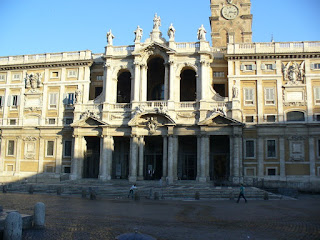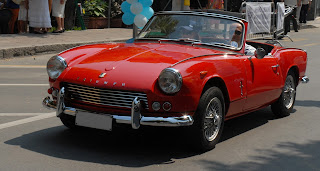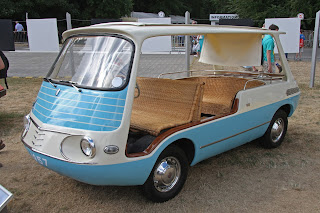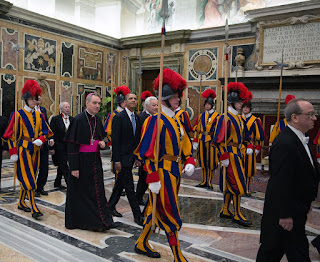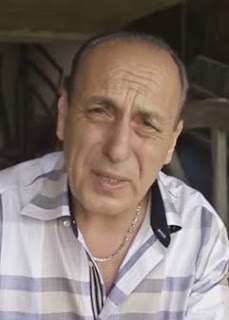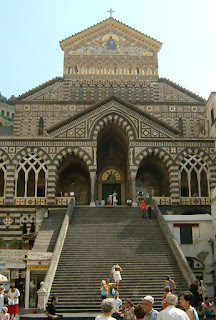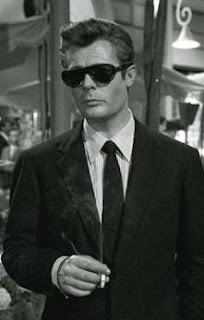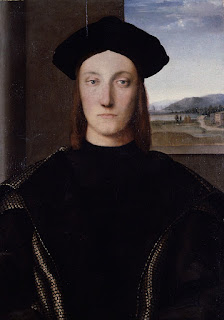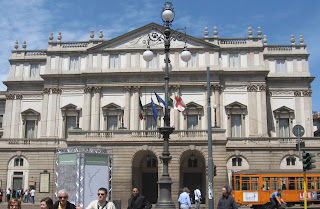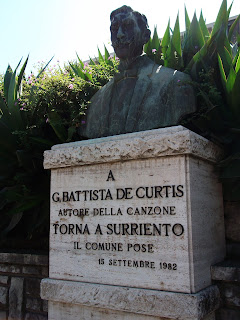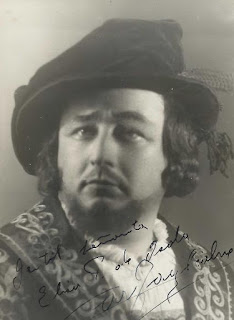Sicilian who learnt Chinese to carry out his life’s work
 |
| Gabriele Allegra |
He was born Giovanni Stefano Allegra in San Giovanni la Punta in the province of Catania in Sicily in 1907 and he entered the Franciscan seminary in Acireale in 1918.
Gabriele Allegra was inspired to carry out his life’s work after attending a celebration for another Franciscan who had attempted a translation of the bible into Chinese in the 14th century. For the next 40 years of his life the friar devoted himself to his own translation.
Gabriele Allegra was ordained a priest in 1930 and set sail for China. On his arrival he started to learn Chinese.
With the help of his Chinese teacher he prepared a first draft of his translation of the bible in 1947 but it was not until 1968 that his one volume Chinese Bible was published for the first time.
Gabriele Allegra died on 26 January 1976 in Hong Kong. Although he was primarily a scholar, he had also helped the poor, the sick and lepers along the way.
He was declared Venerable in 1994 and was Beatified in 2012 at the Cathedral of Acireale. He is remembered each year on the anniversary of his death.
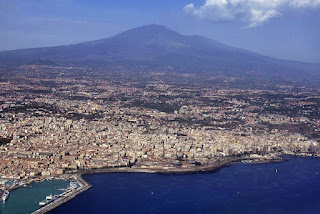 |
| The Sicilian port city of Catania with the volcanic Mount Etna in the background Photo: Stefan (CC BY-SA 2.0) |
Catania is on the east coast of Sicily facing the Ionian Sea between Messina and Syracuse and is at the foot of an active volcano, Mount Etna. There are many Greek and Roman buildings to see as well as Baroque churches.
Travel tip:
Acireale is a coastal city in the province of Catania at the foot of Mount Etna. The 17th century Cathedral where Gabriele Allegra was beatified contains many interesting art treasures but his relics are kept in the Church of San Biagio.
Home

